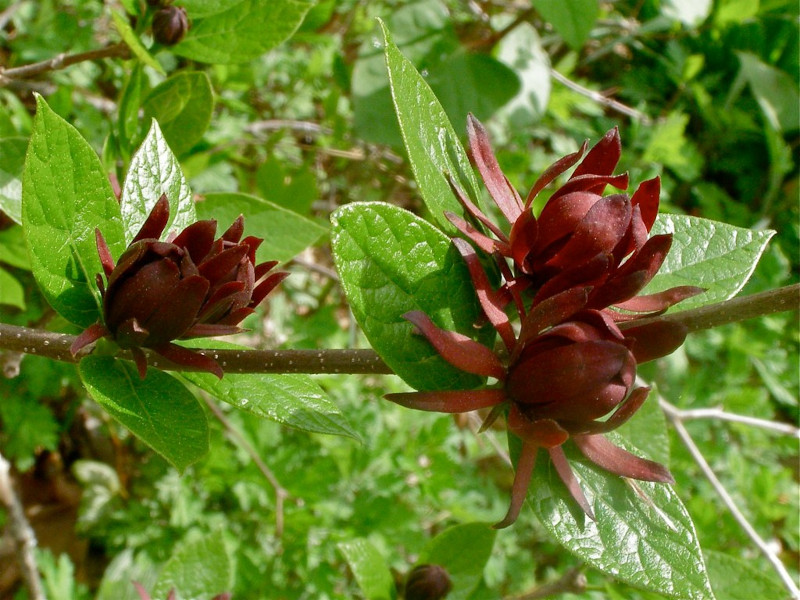
Eastern Sweetshrub Facts
- This remarkable product of Nature and evolution most frequently goes by the informative common name of the Eastern Sweetshrub. It does have a few other, less often used general titles, though. Those include Carolina allspice, or simply spicebush.
- Among members of the scientific community, however, it’s often referred to by its technical appellation. Like most such terms, though, it’s difficult for the average layperson to pronounce. The plant holds the formal moniker of Calycanthus floridus.
- It received that name due to the efforts of Carl Linnaeus. The esteemed Swedish botanist accomplished the first official acknowledgement of it as a separate and distinct species. The researcher performed that scientifically notable deed in 1759.
- Unlike many related species around the world, the Eastern Sweetshrub appears to be maintaining a population base that’s both stable and sufficient. That pleasant situation also seems to hold true throughout its range. The IUCN thus has no listing for it.
- The marvel of Nature nevertheless faces several potential threats, as all species do. Many of these stem from the actions of mankind. These include habitat loss due to human expansion. Its greatest threat, however, likely now comes from climate change.
Related Articles
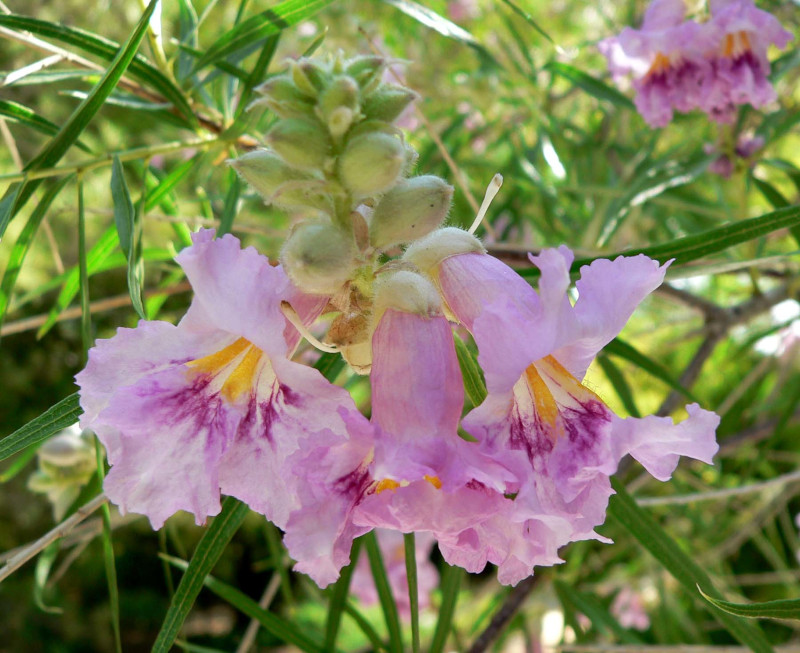
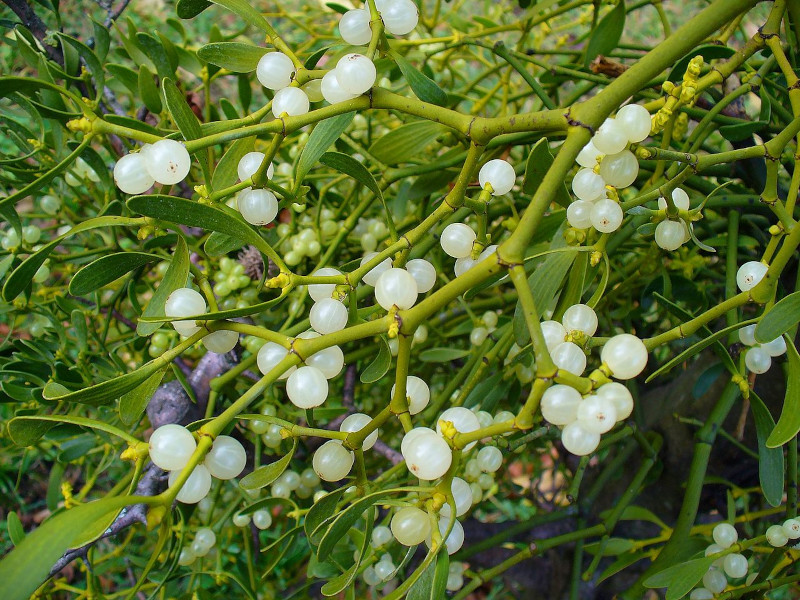
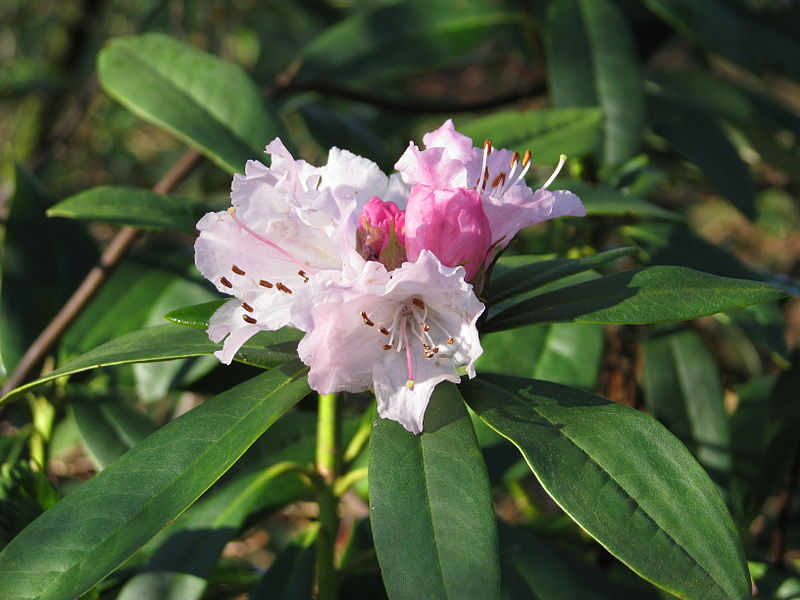
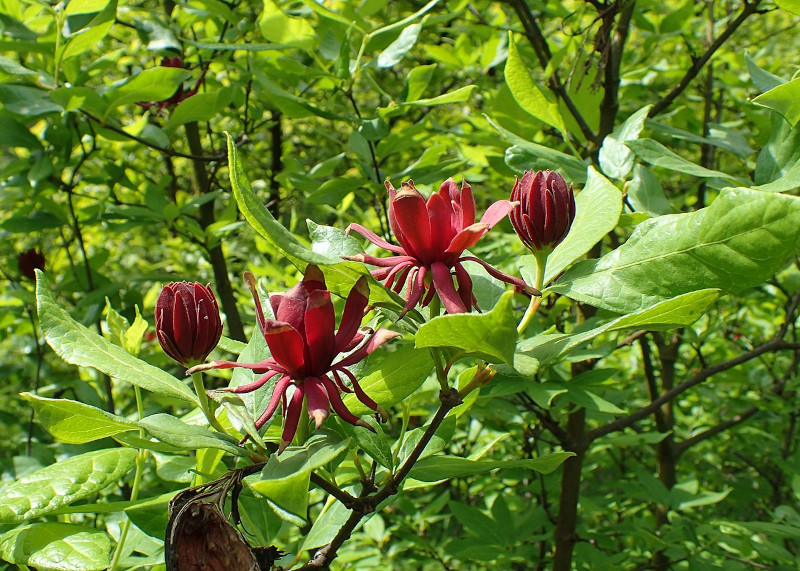
Eastern Sweetshrub Physical Description
Many varieties of flora similar to the Eastern Sweetshrub captivate those fortunate enough to encounter them Unlike many of these, however, this amazing Angiosperm does so for several reasons. This helps to set it apart from many others, even those sharing its range.
Though classified as a shrub, as the name indicates, it achieves highly respectable dimensions. Mature specimens frequently reach heights measuring as much as 9.8 ft (3 m). Under ideal conditions, exceptional examples sometimes exceed even this stature.
Like most shrubs, this creation of evolution developes multiple thin stems, as opposed to a single thick trunk. Both these, and the numerous thinner stalks emerging from them show a mostly smooth bark. This aspect of the flora typically presents a light brown shade.
Each small branch itself also produces several delicate leaves. These show a dark green on the upperside, yet present a significanly lighter green underneath. These usually develop as elliptical in shape, and measure an average of about 6 in (15 cm) when mature.
It’s the flowers of the remarkable Eastern Sweetshrub that truly distinguish it, however. Each stem typically produces a single bloom. In color, these manifest a reddish-brown to reddish-purple shade. Uniquely, each also varies in shape, showing one of four different types.
The fruits also develop an eye-catching shape. These mature into an elongated shape, and average roughly 3 in (7.6 cm) in length. In diameter, they achieve a mean measurement of 2 in (5 cm). Each begins as light green in color, and slowly changes to a light brown.
- Kingdom: Plantae
- Phylum: Tracheophytes
- Class: Magnoliids
- Order: Laurales
- Family: Calycanthaceae
- Genus: Calycanthus
- Species: C. floridus
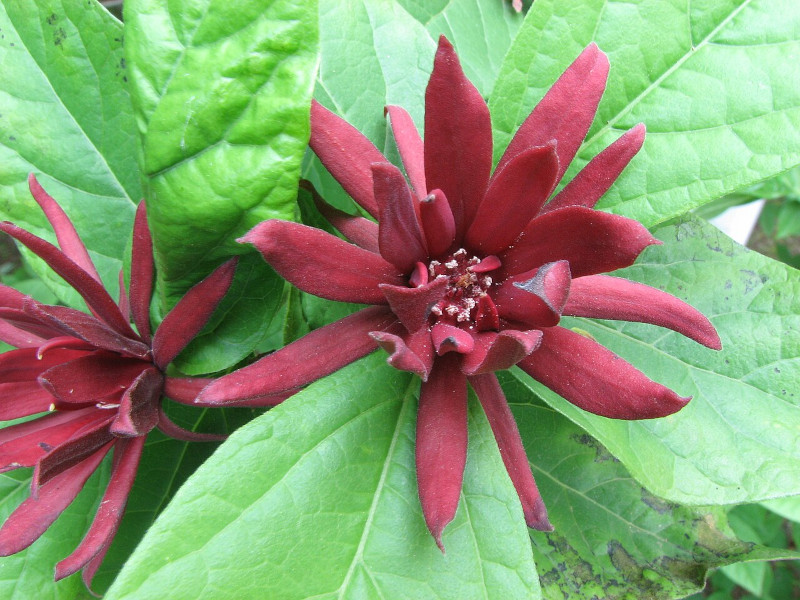
Eastern Sweetshrub Distribution, Habitat, and Ecology
The intriguing Eastern Sweetshrub evolved as native to a region of the world already well known for its abundance of natural marvels. That precise region will therefore come as no surprise to many people. It devloped as native to a small portion of North America.
Within that greater overall area, the true botanical beauty developed as native to a still smaller zone of habitation. That lies within the boundaries of the United States. Specifically, as the name indicates, it lives naturally in the southeastern portion of the country.
Fortunately for it, the large, stunning shrub displays an impressive versatility regarding its choice of habitat. It most commonly lives in zones of mixed deciduous forests. There, it generally forms a large component of the understory of these woodland areas.
Yet, it also makes its presence known in a wide variety of other, more limited ecosystems. Such regions include woodland openings, stream banks, lakesides, and even moist hillsides. Though it prefers areas of strong sunshine, it also does well in more shaded habitats.
The fragrant flowers of the Eastern Sweetshrub bloom from spring to early summer. It achieves pollination via the actions of many insect species. Rather than bees, like many other plants, beetles comprise its chief pollinators. It’s leaves change to bright yellow in Fall.
The flora also plays a vital role in all areas it appears in. Though its seeds are quite toxic to humans, many animals eat them. Multiple native bird species also use the berries as a source of food. Unlike the seeds, humans safely consume the bark, as a substitute for cinnamon.
Species Sharing Its Range
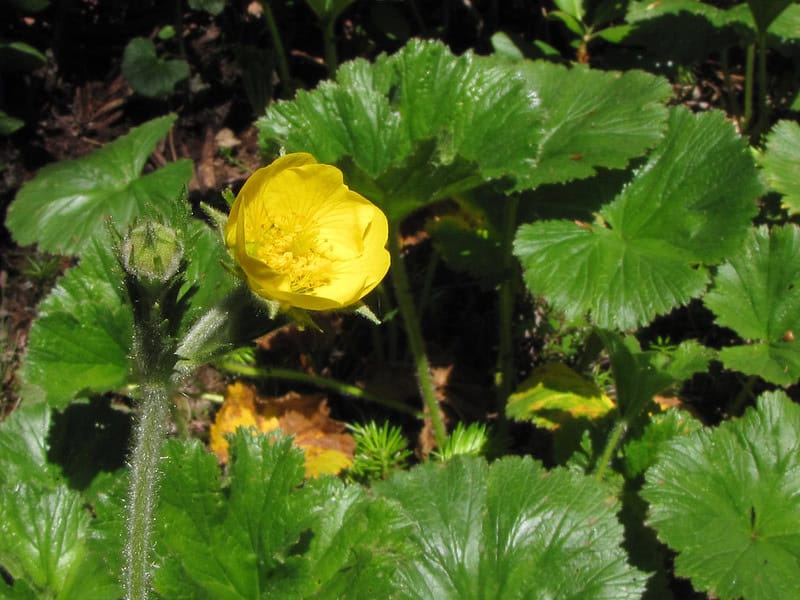
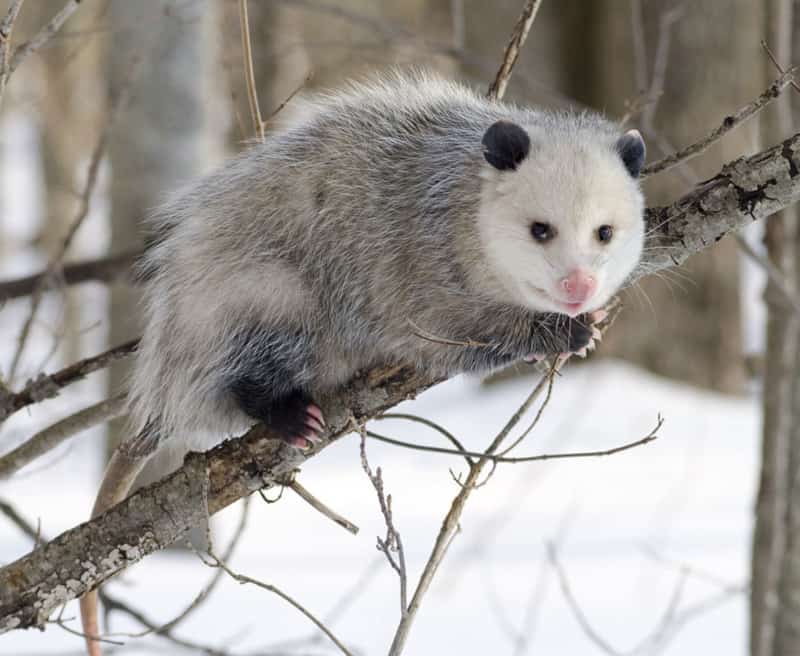
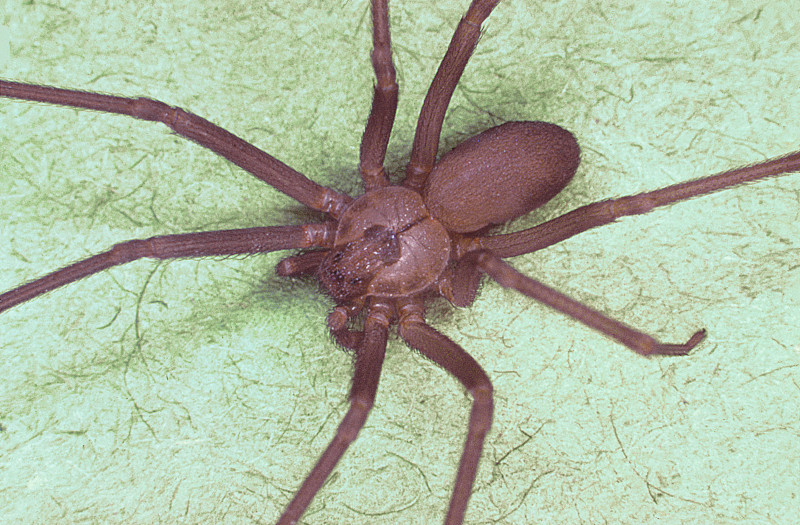
Brown Recluse
Check out our other articles on 4 Gorgeous European Gorges, Moose, Deception Island, European Honey Buzzard, Knysna Seahorse, Australian Painted Lady, Fire Salamander, Mangrove Monitor









Leave a Reply